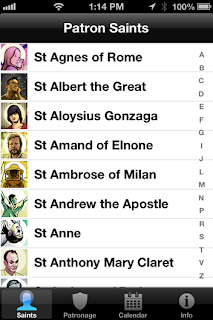Can I get a little more bounce off that mickey?
Wisdom can come from many places. Many media makers view themselves more as creative artists than business people. However, to have a sustainable career, we need to be both (as well as having a fanatical work ethic and mad skills....among other things). Digging through old materials, I found these nuggets of wisdom, equally applicable to a creative media career as to a career as a Wall Street trader. The original source is from a post made here by the Mercenary Trader.
In it, he extracts some really great practical advice from Bloomberg on Bloomberg, the autobiography of NYC's billionaire businessman/Mayor, Michael Bloomberg. Structure. Structure. Structure. This stuff is basic, but to build a career, we all need to develop a great foundation, and equally importantly, good habits about how we make decisions.
For example, his advice with regard to deciding which projects to push forward, is to pick projects of the right size, “Big enough to be useful, small enough to be possible.” Define the project, and its goals, clearly before starting. What in heck are you hoping to get out of a project? The goals can change as the project moves forward, but how do you know where you're going if you haven't defined it clearly? If you're working on projects, especially for other people, and you don't have clearly defined goals, well, it reminds me of the saying about playing poker.....if you don't know who the sucker is at a poker game, it's you. You, and your time, are your greatest capital. Spend it thoughtfully.
Media makers as entrepreneurs, it's kind of the new reality facing us all. If you don't, you may end up working for an (increasingly smaller) day rate. Don't get me wrong, working for a day rate can be great. I do it, it keeps me alive, gives me connections, polishes my skills and I enjoy it. But, unless you're on the path to making a real career in one of the craft unions, you really need a plan. Well, actually, if you want to make a career in one of the craft unions, you also need a plan and focus. Structure. Structure. Structure. It's inescapable.
Anyway, he does a great job of summarizing Bloomberg, so I'll quote him directly (the original article is here):
- “Pick the right project:” Make sure your trading plan is logical and sustainable. Aim high, but stay within the realm of the possible. Expand your roster of knowledge and personal capabilities, so as to naturally expand what counts as possible.
- “Start with a small piece:” Think of your trading process like an engine. Instead of horsepower, though, this engine produces profits. Now think about the various components of the engine. Take those components apart, and examine each of them individually. Ponder on the individual component level, one piece at a time, the things you can do to make the whole engine improve.
- “Fulfill one goal at a time, on time:” This goes back to the theory of constraints. What can you do right now to most effectively improve your process? What area of concentrated effort will have the most tangible impact on results? Set incremental improvement goals — again oriented to “small pieces” — and knock them down systematically, like targets at a shooting range.
- “Do it with all things in life:” As poker pro Tommy Angelo says, “The surest way to get better at poker is to get better at everything and let poker rise with the tide.” This also works in trading.
- “One syllable words:” Start from where you are. Don’t stress how long the journey is, as long as you can see a path from here to there. The journey itself is a huge part of the fulfillment. In trading, a deceptively simple methodology can take a long time to master. But the mastery is well worth it. If you start simple and create a foundation, you will then have something powerful to build on for many years to come.














